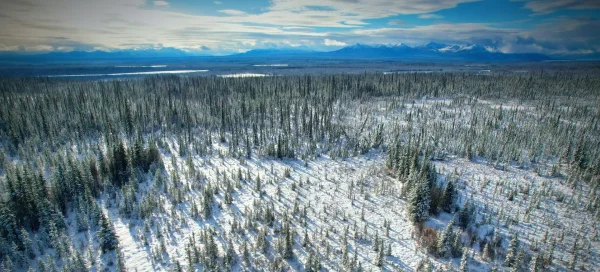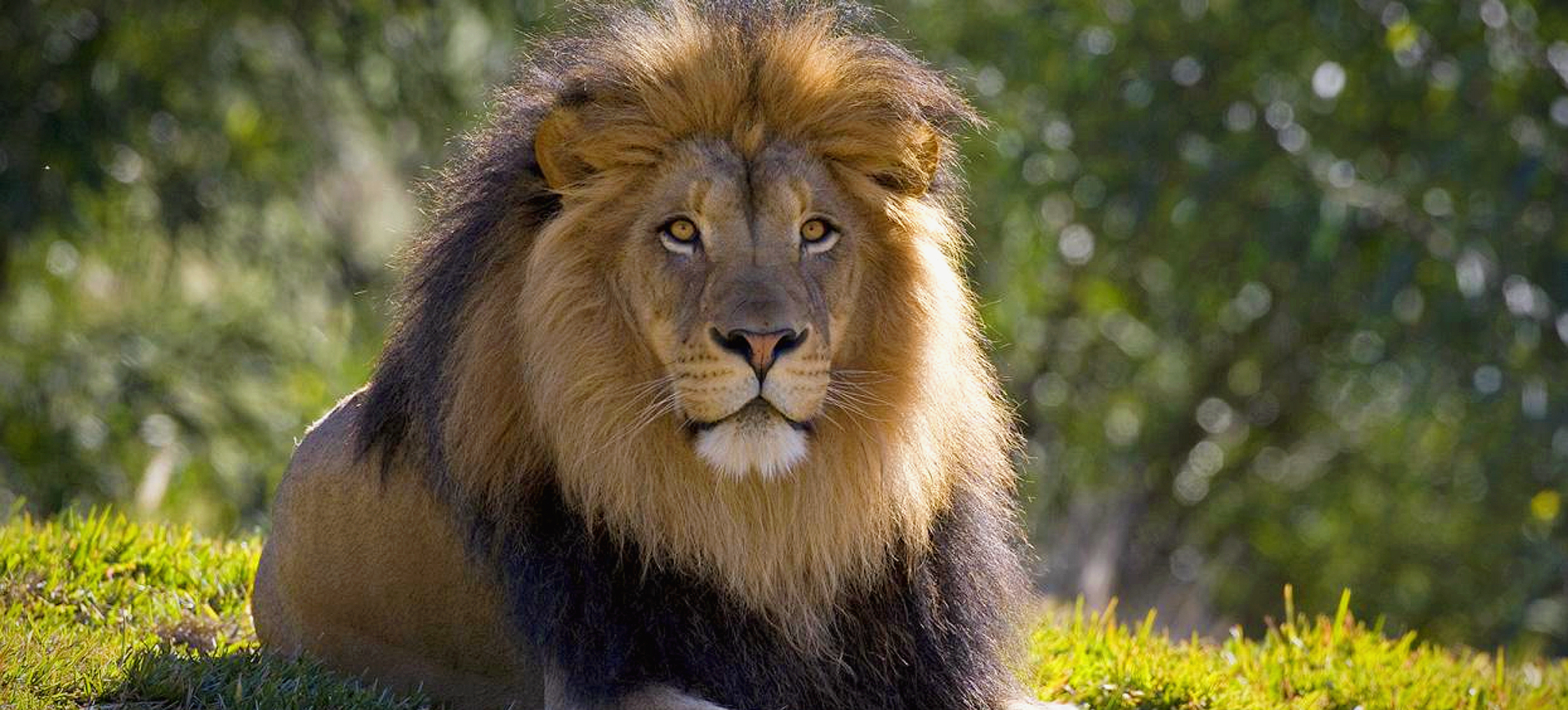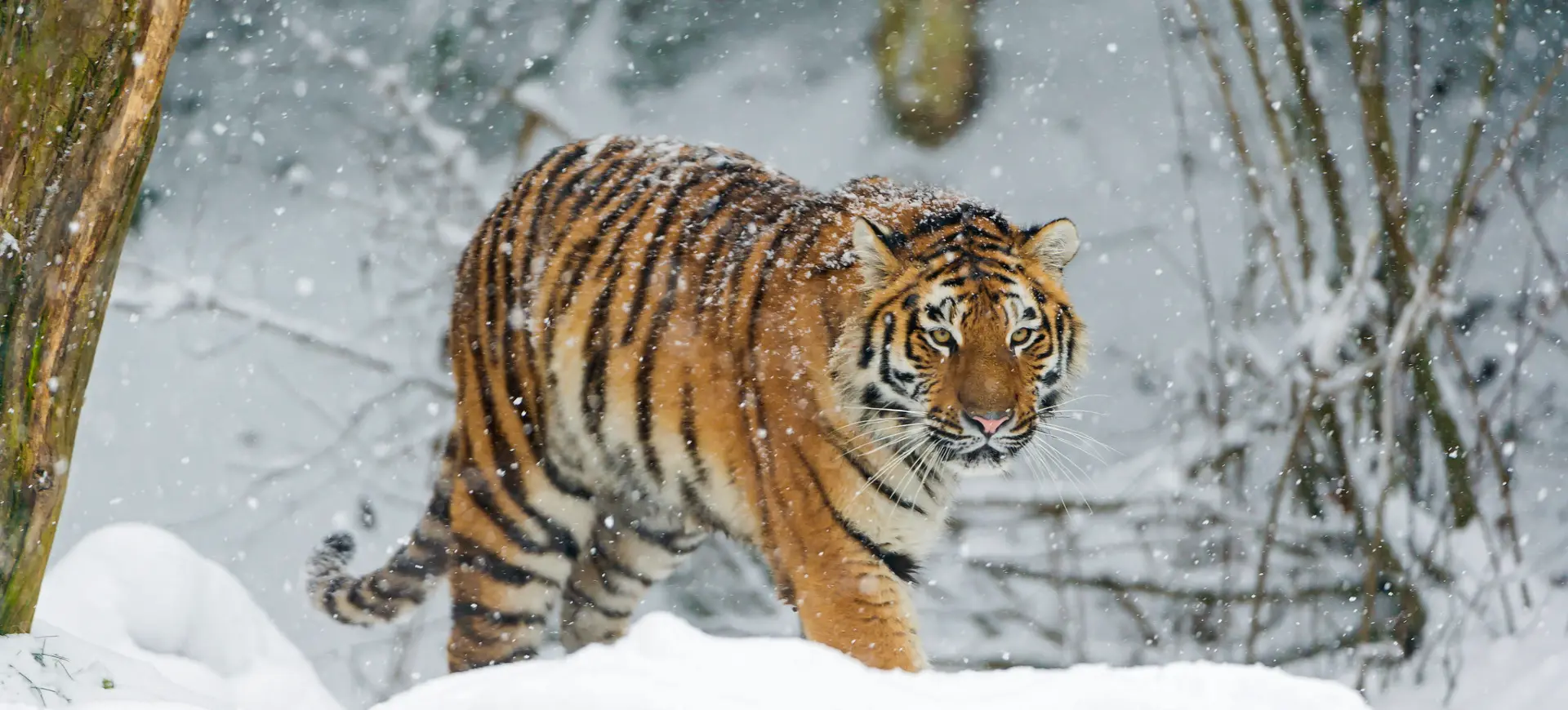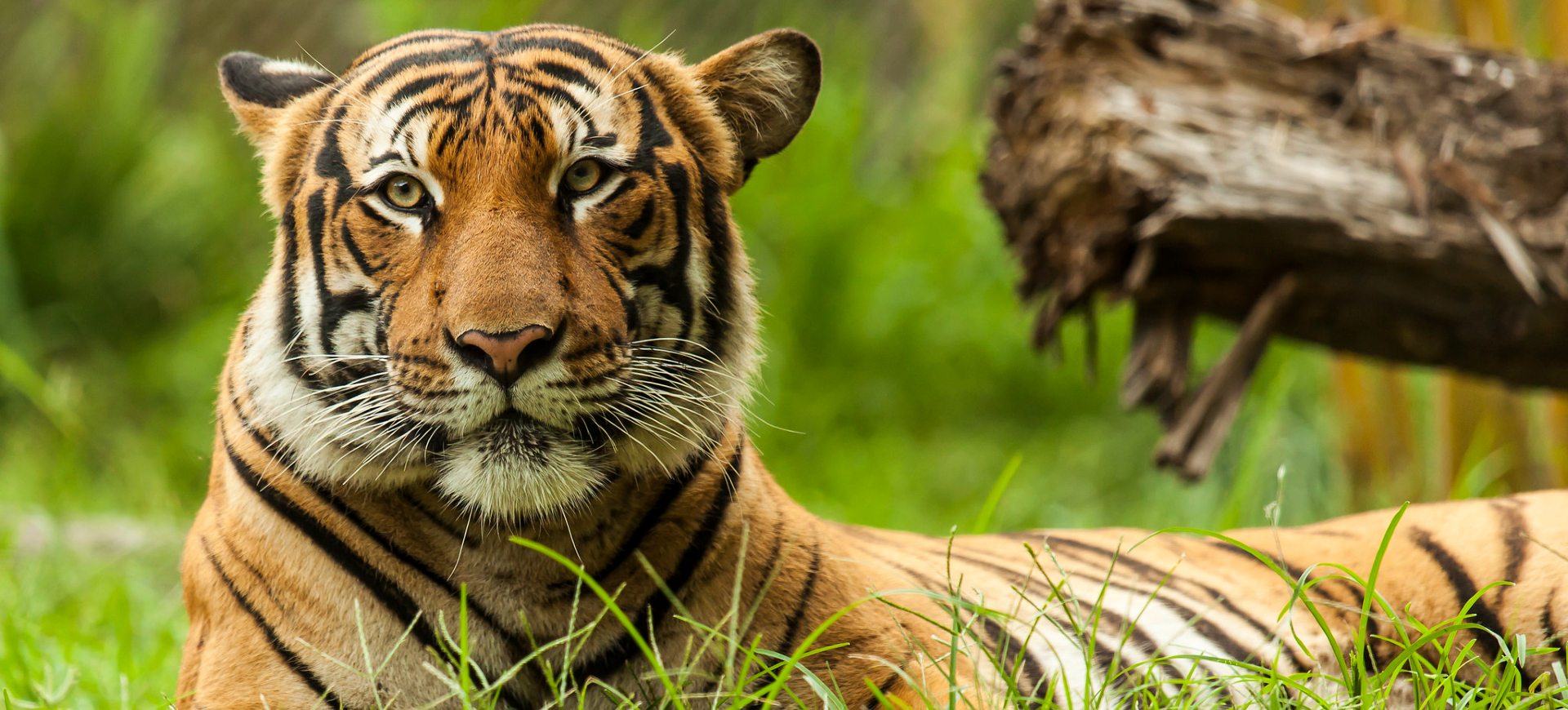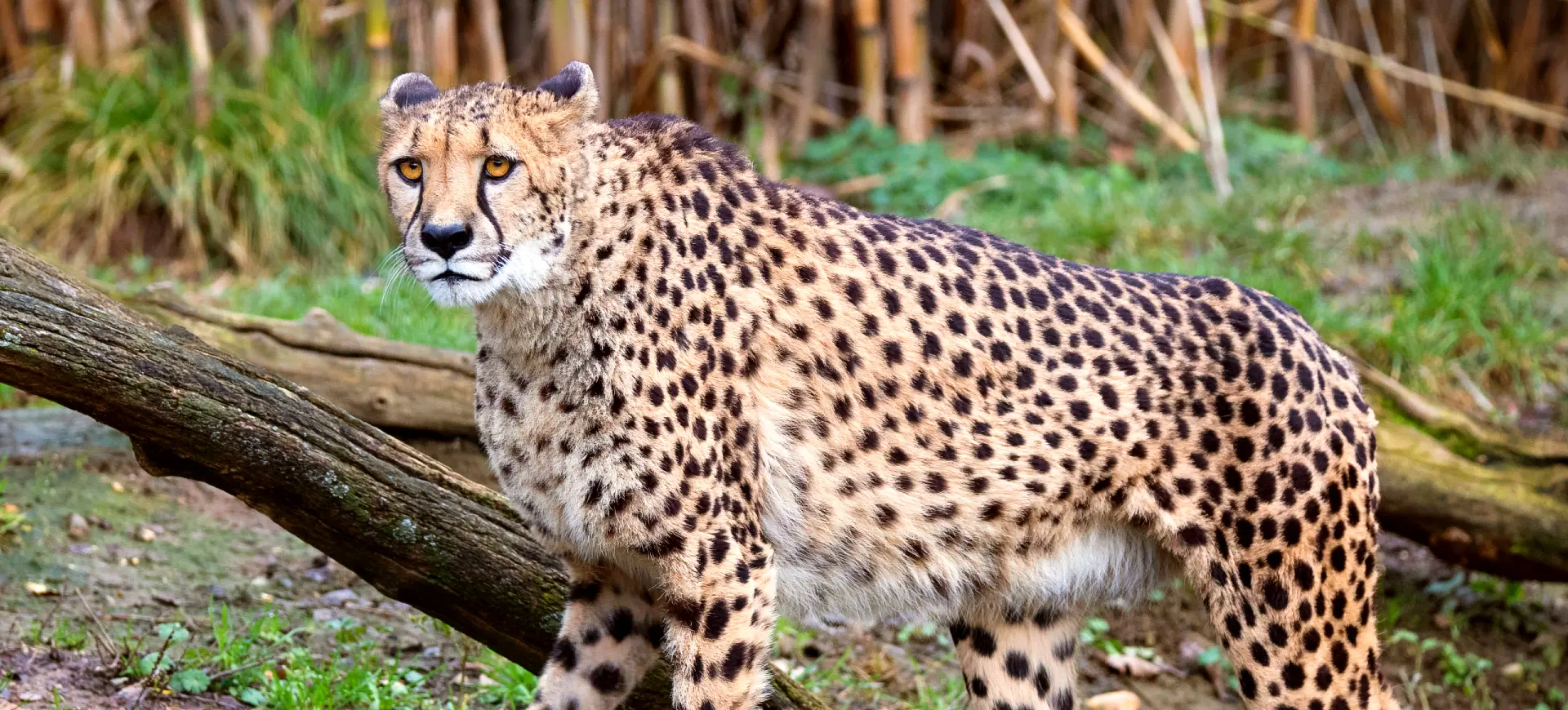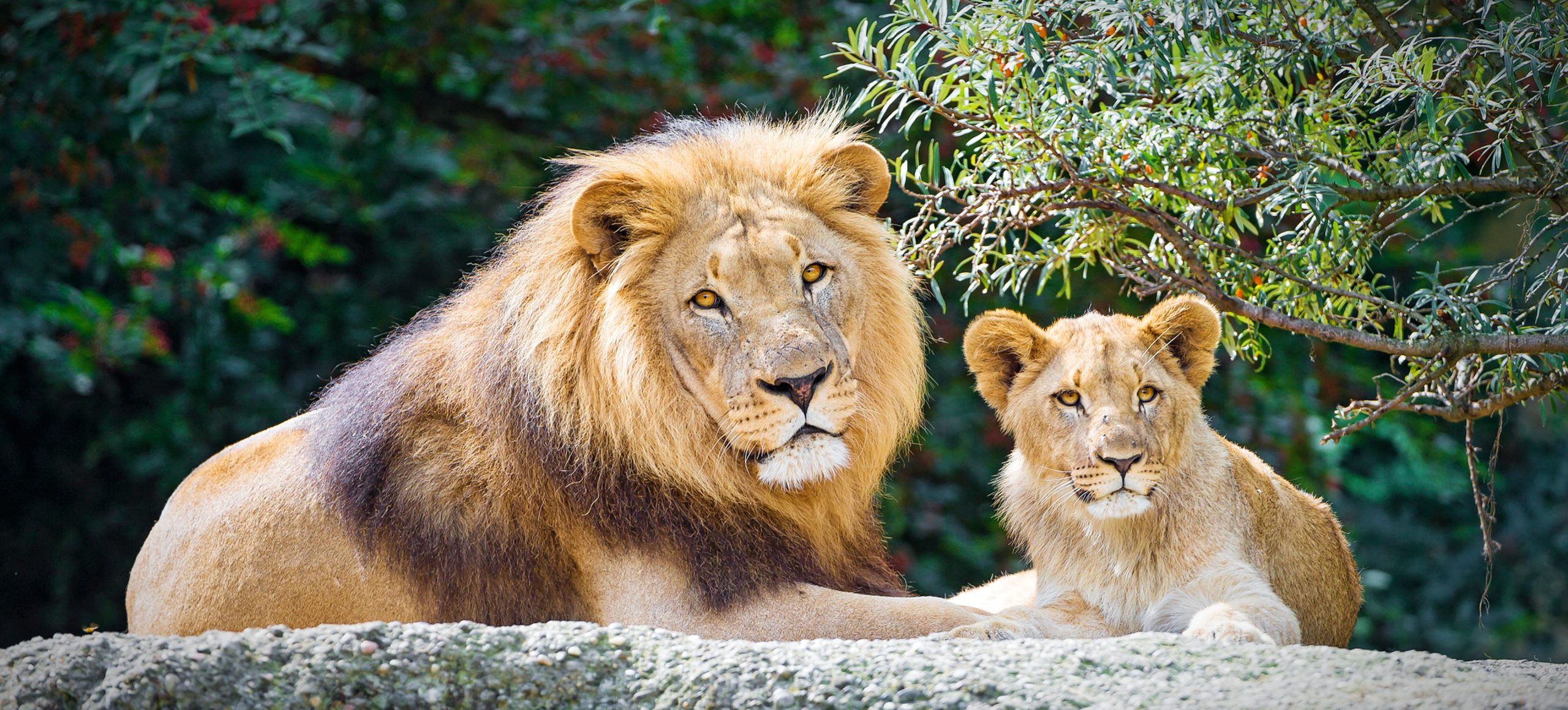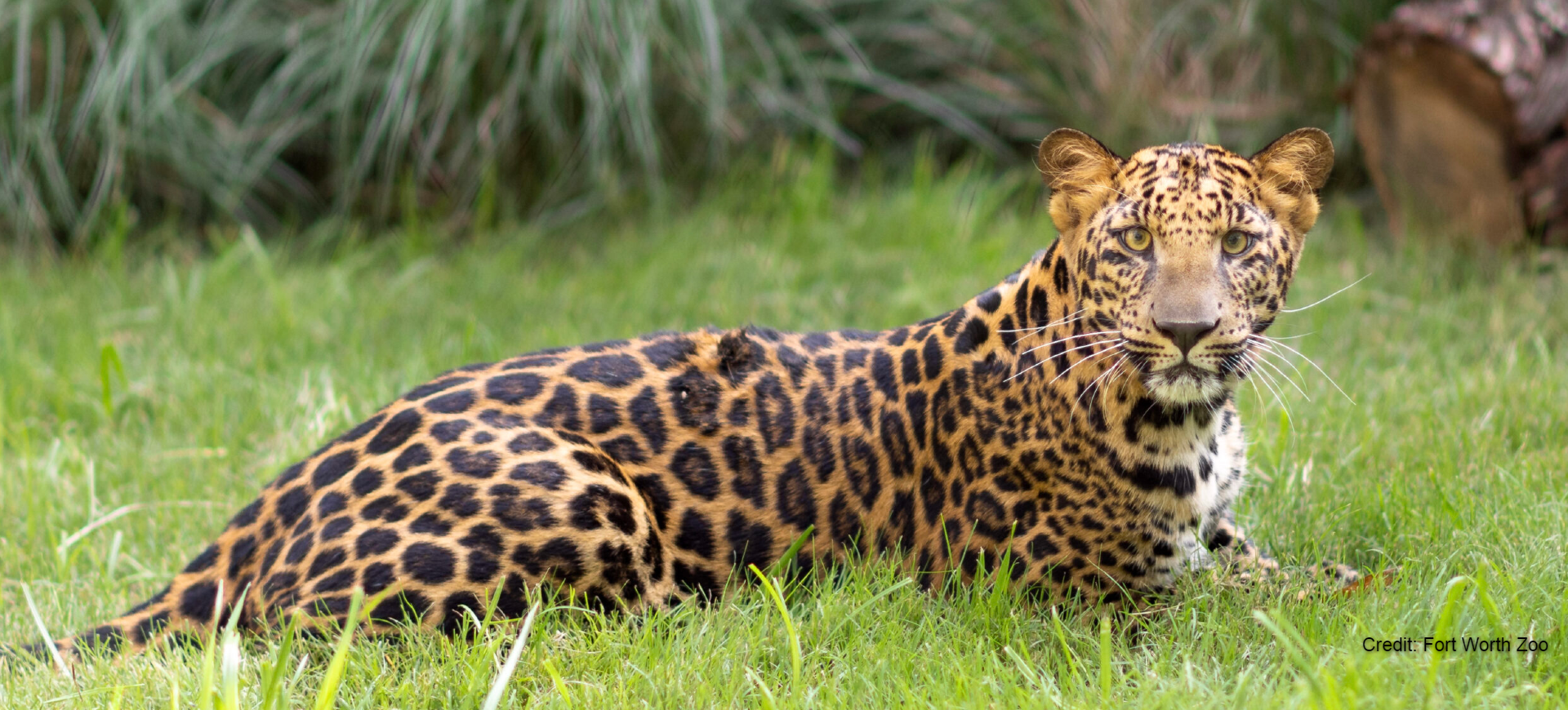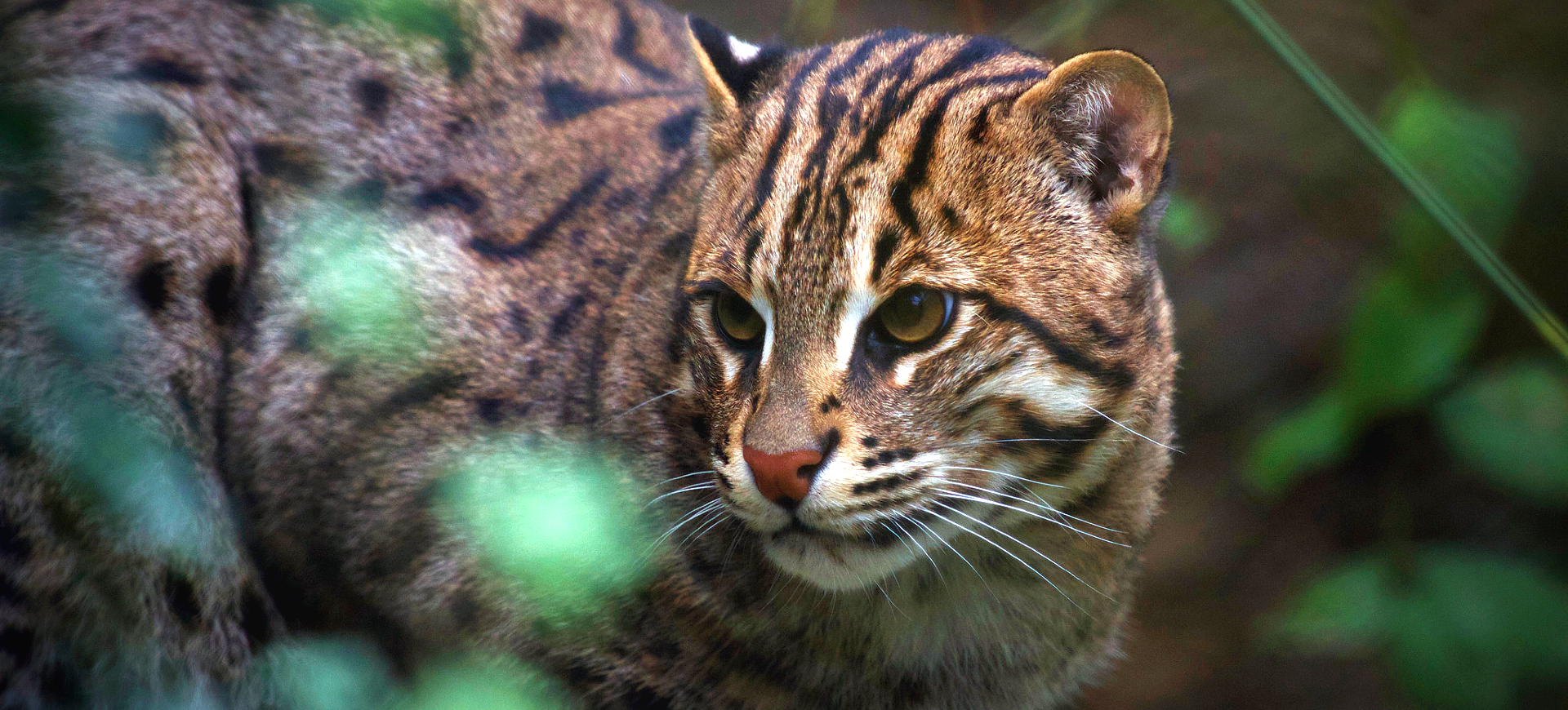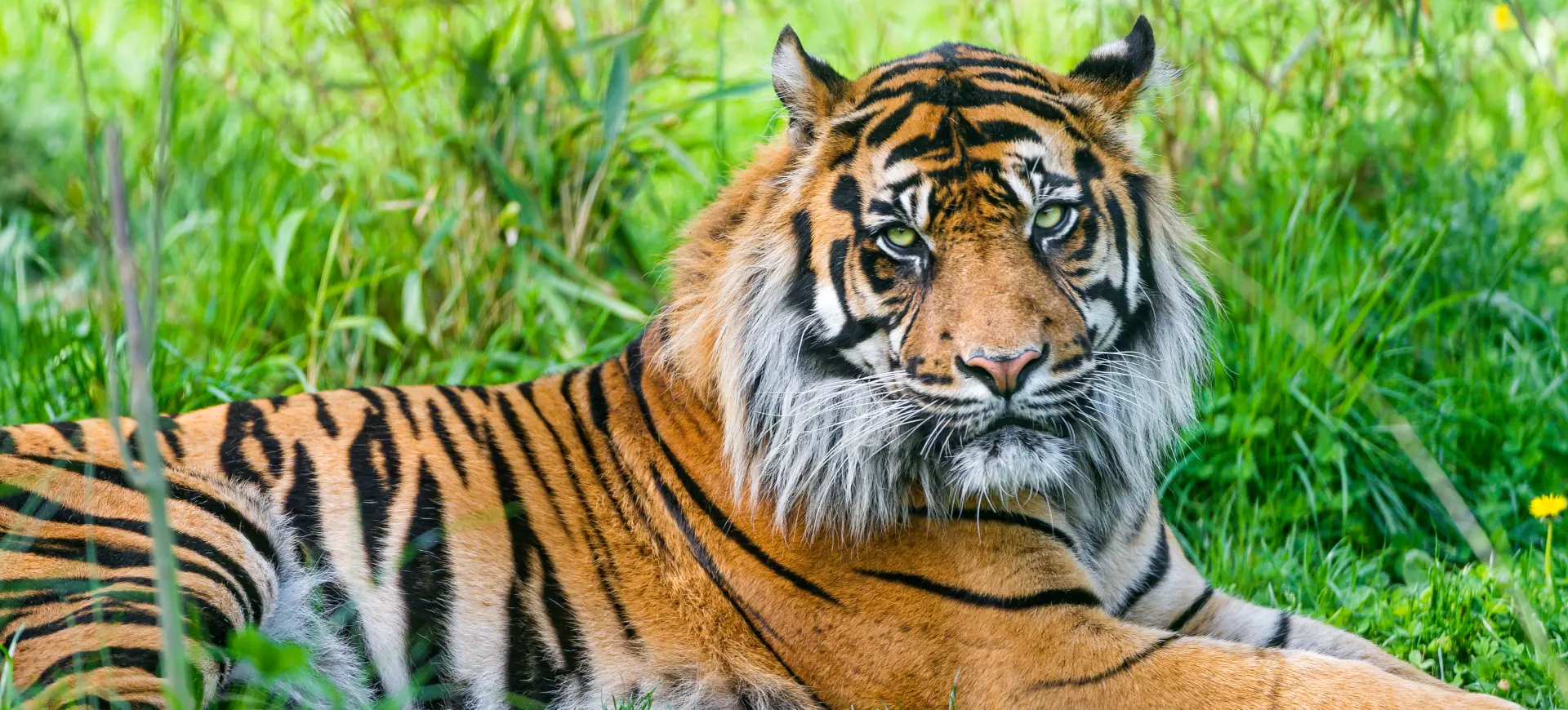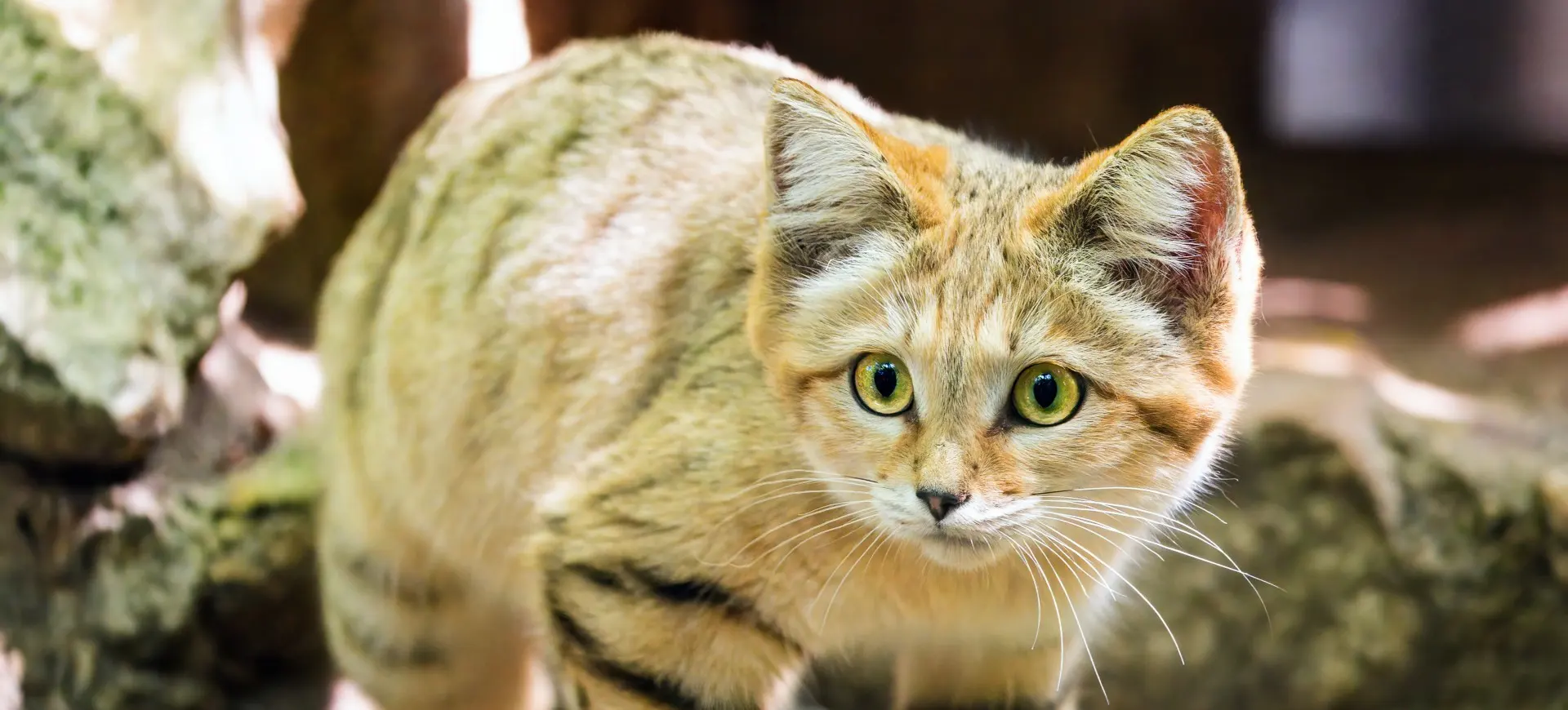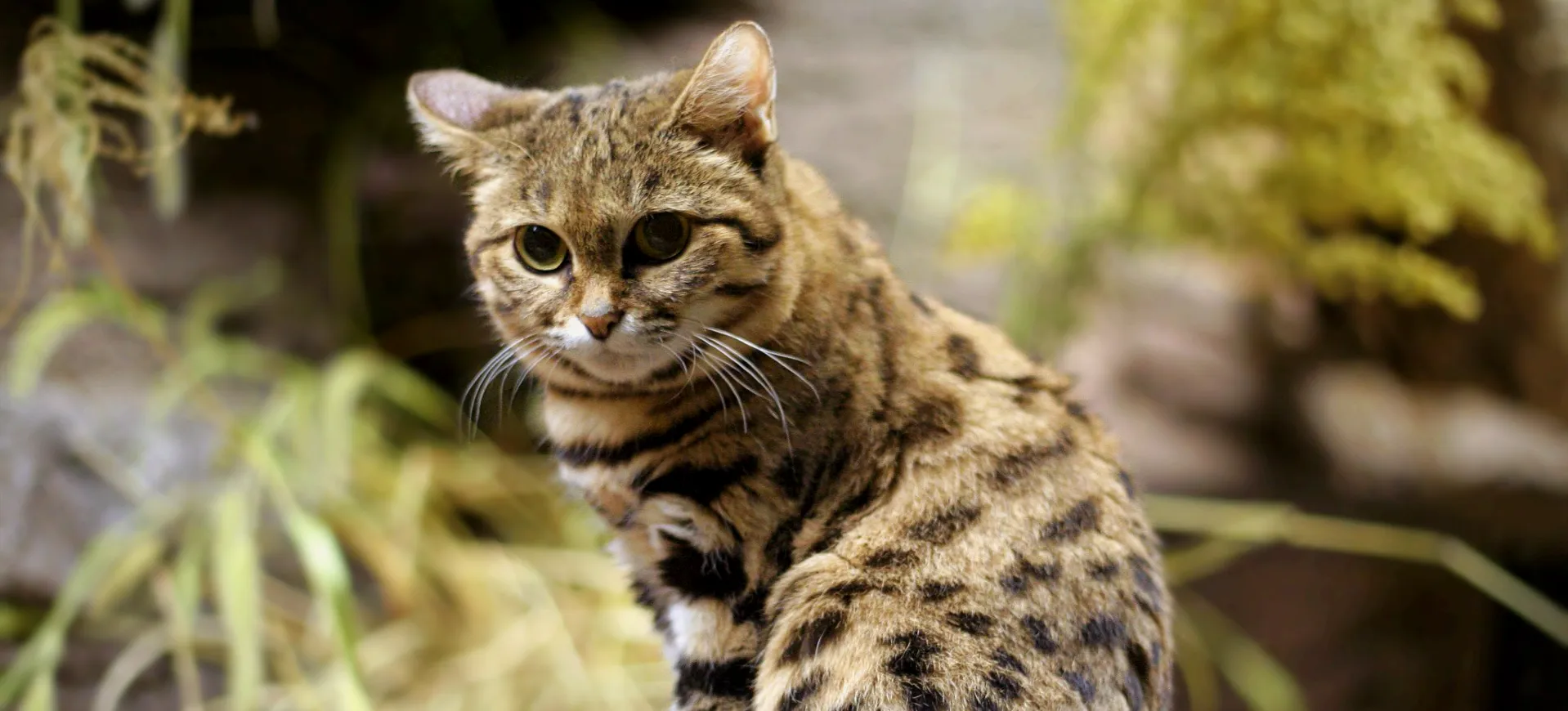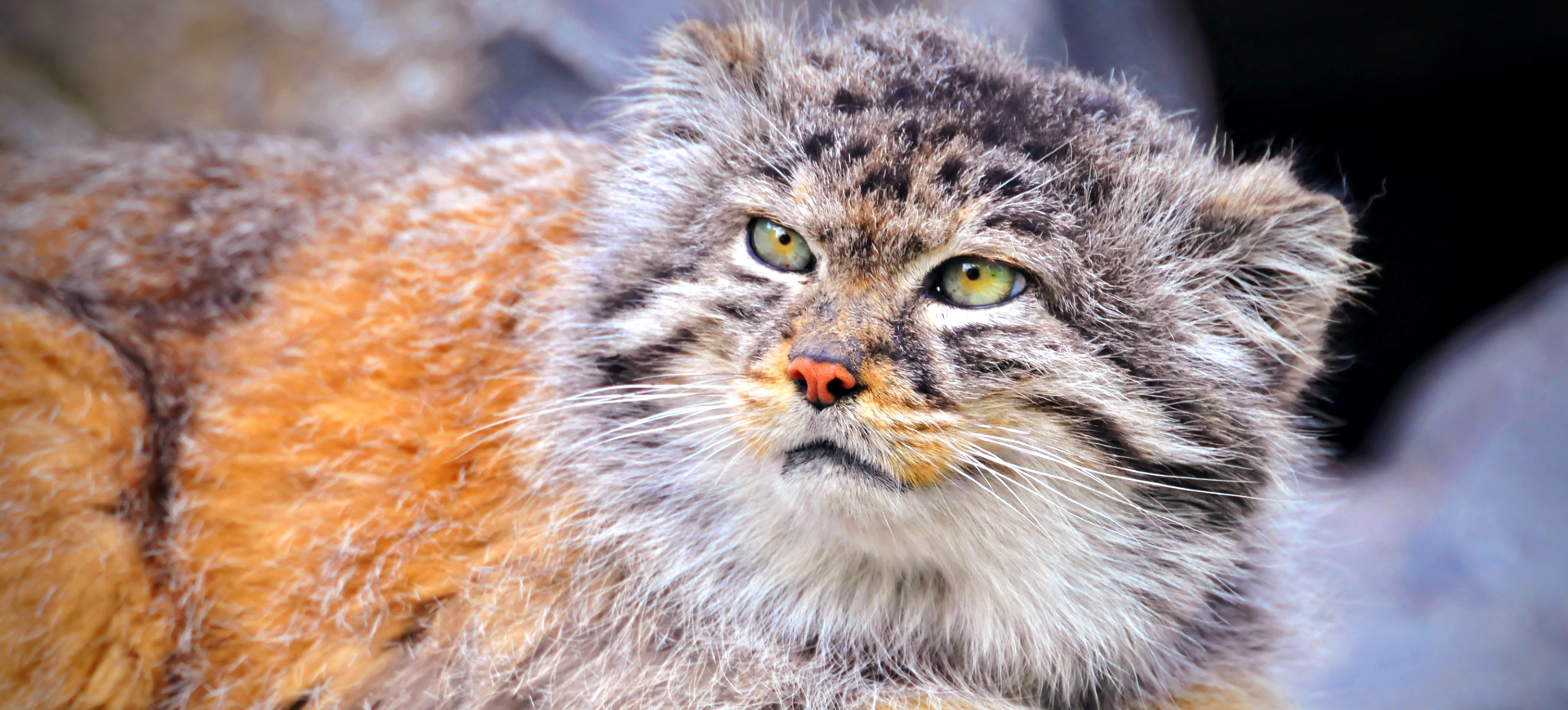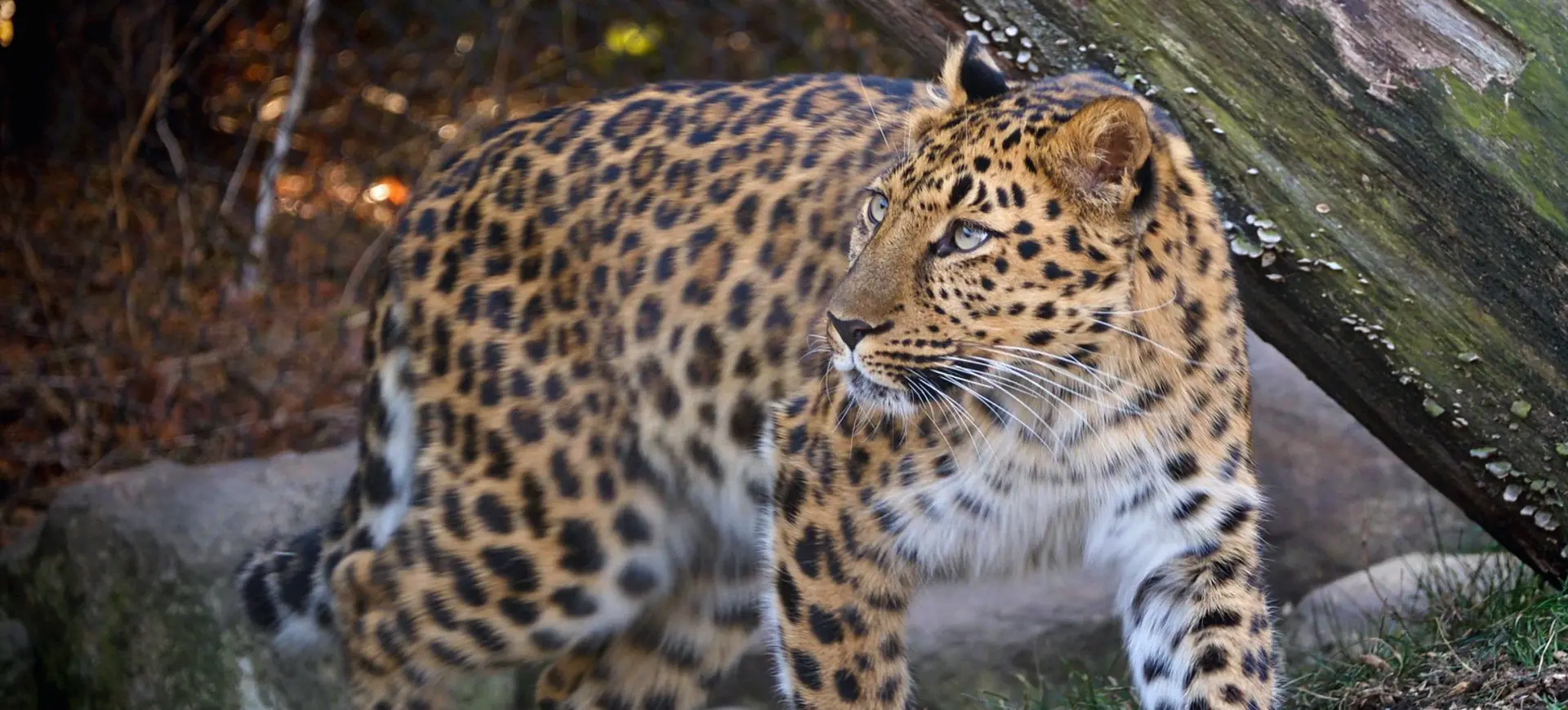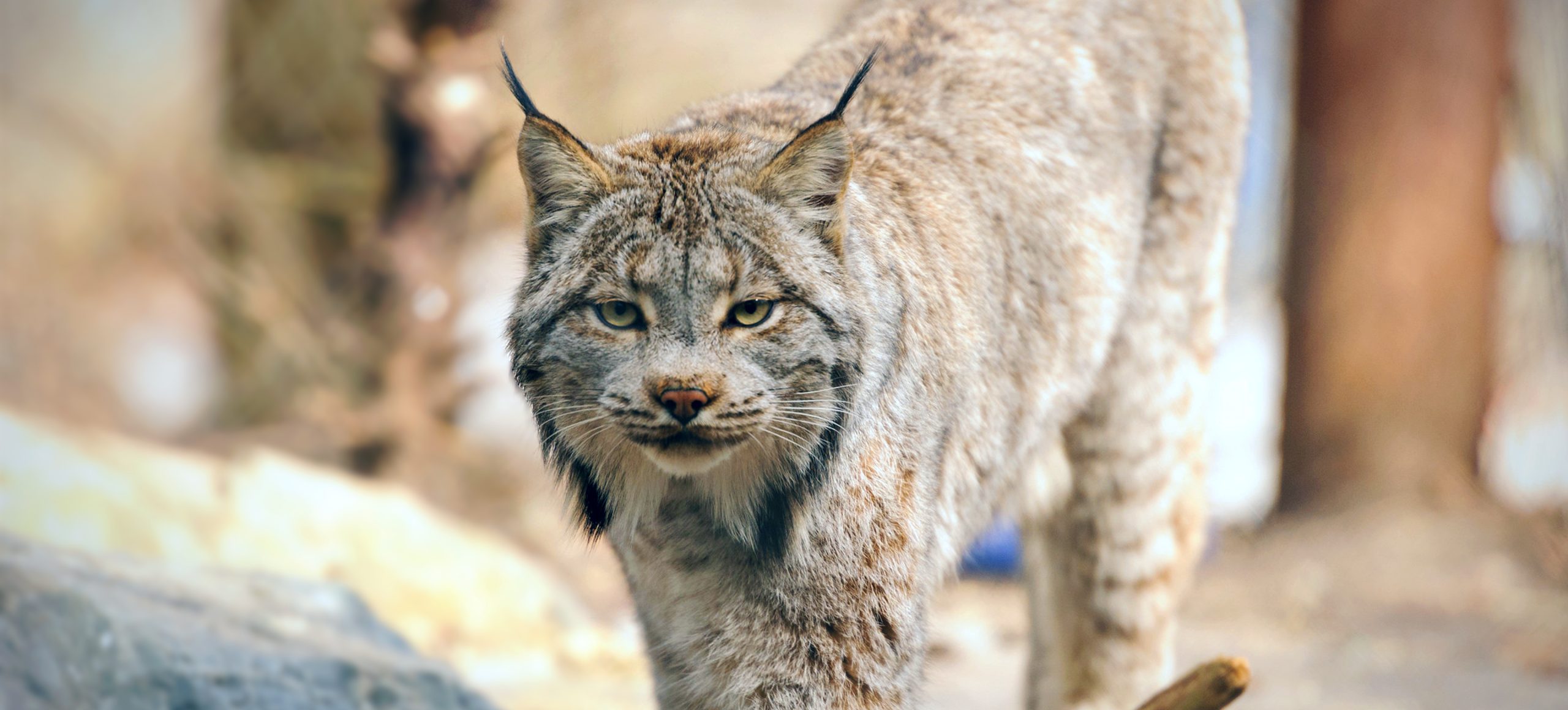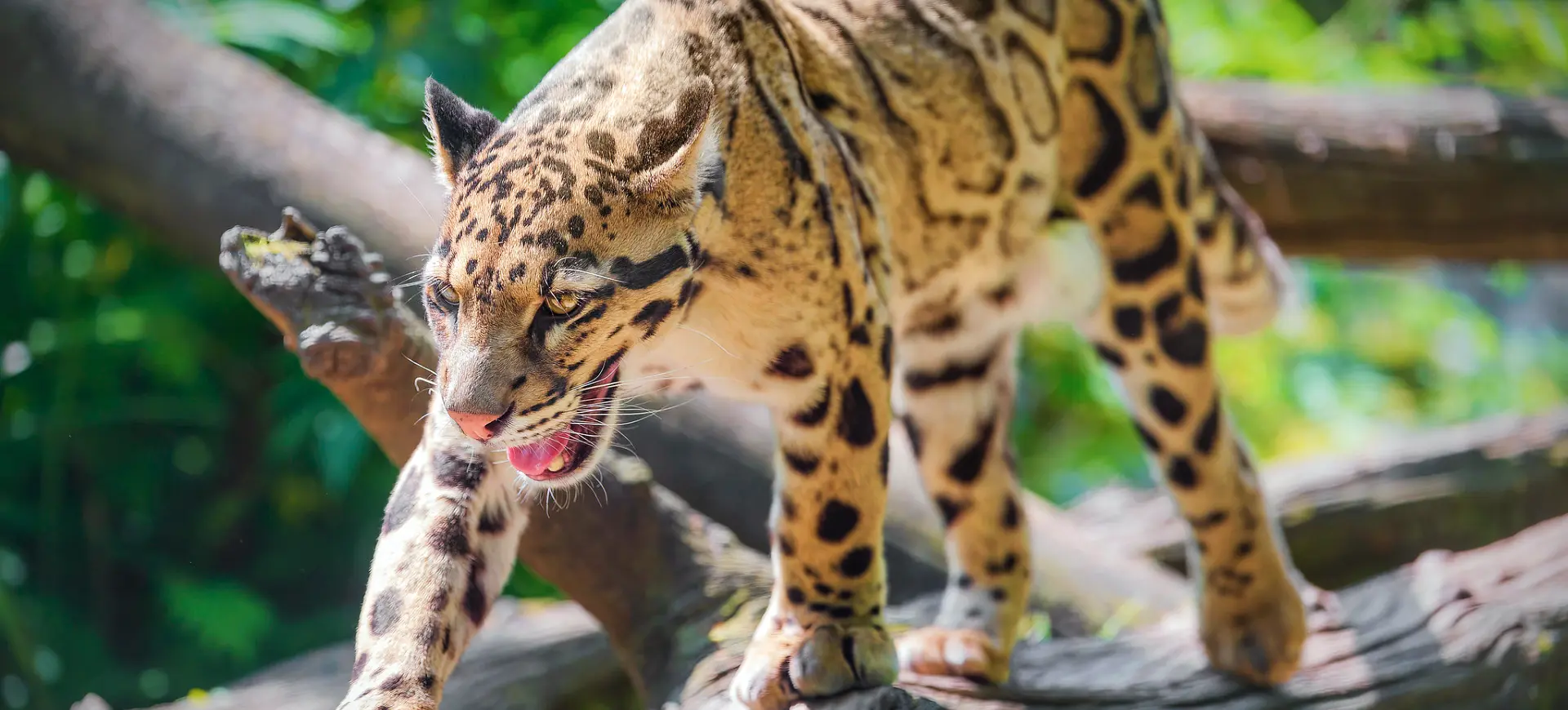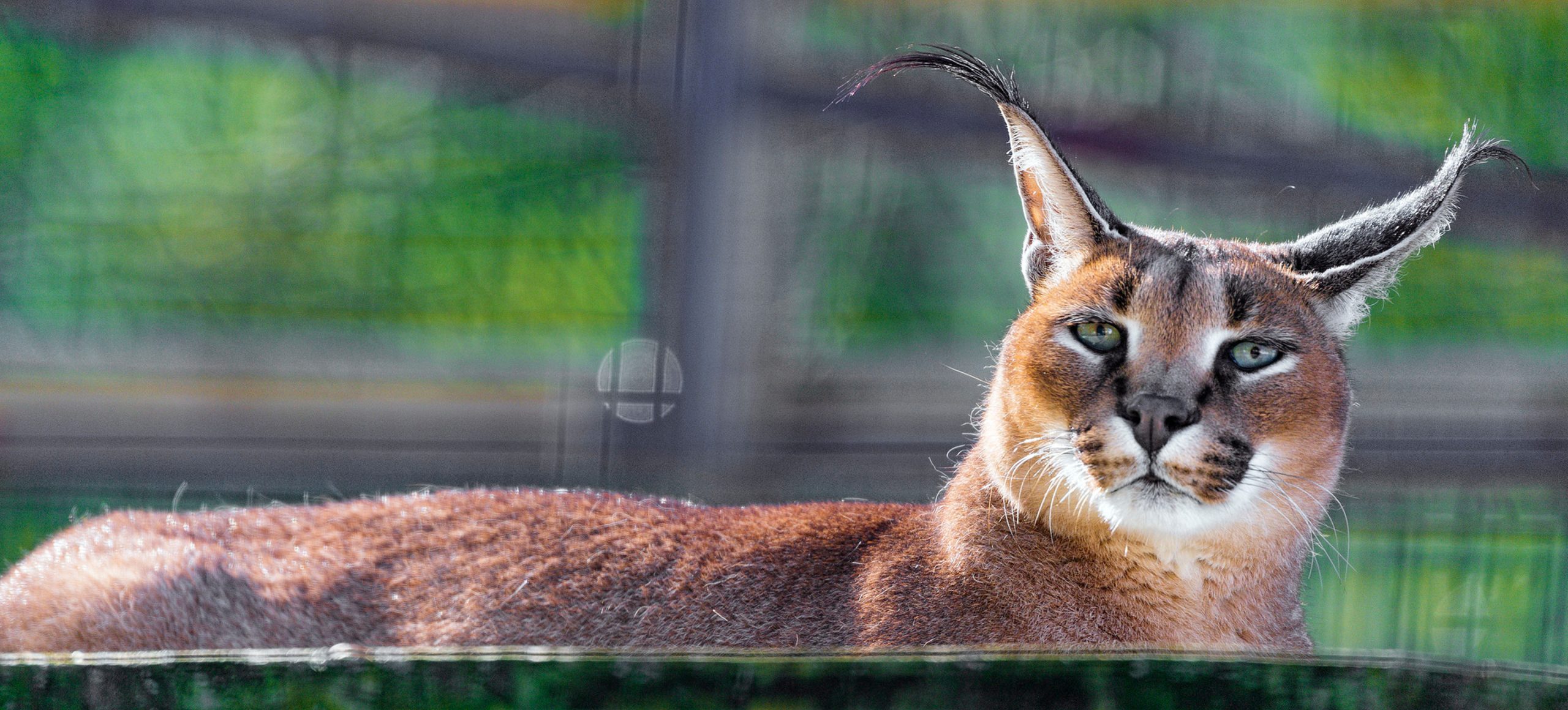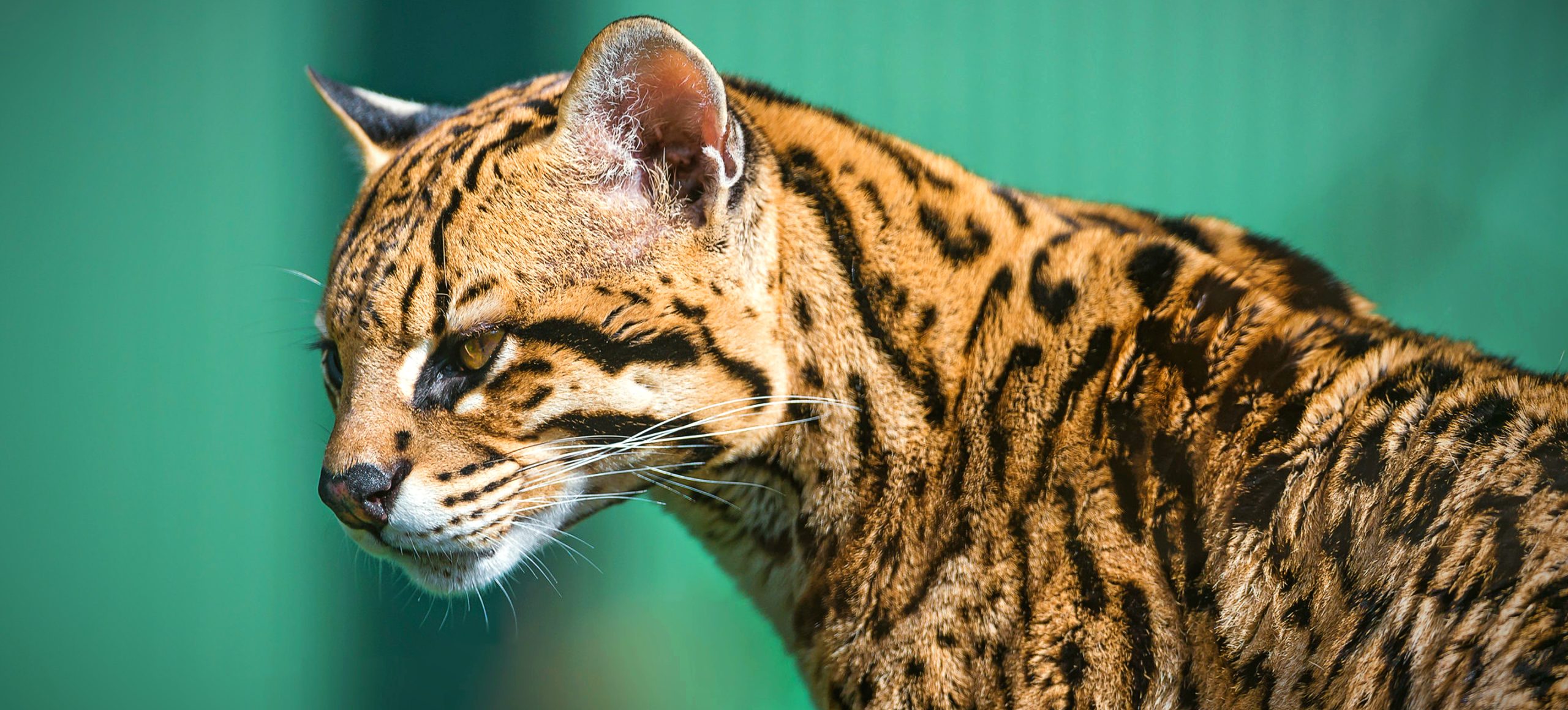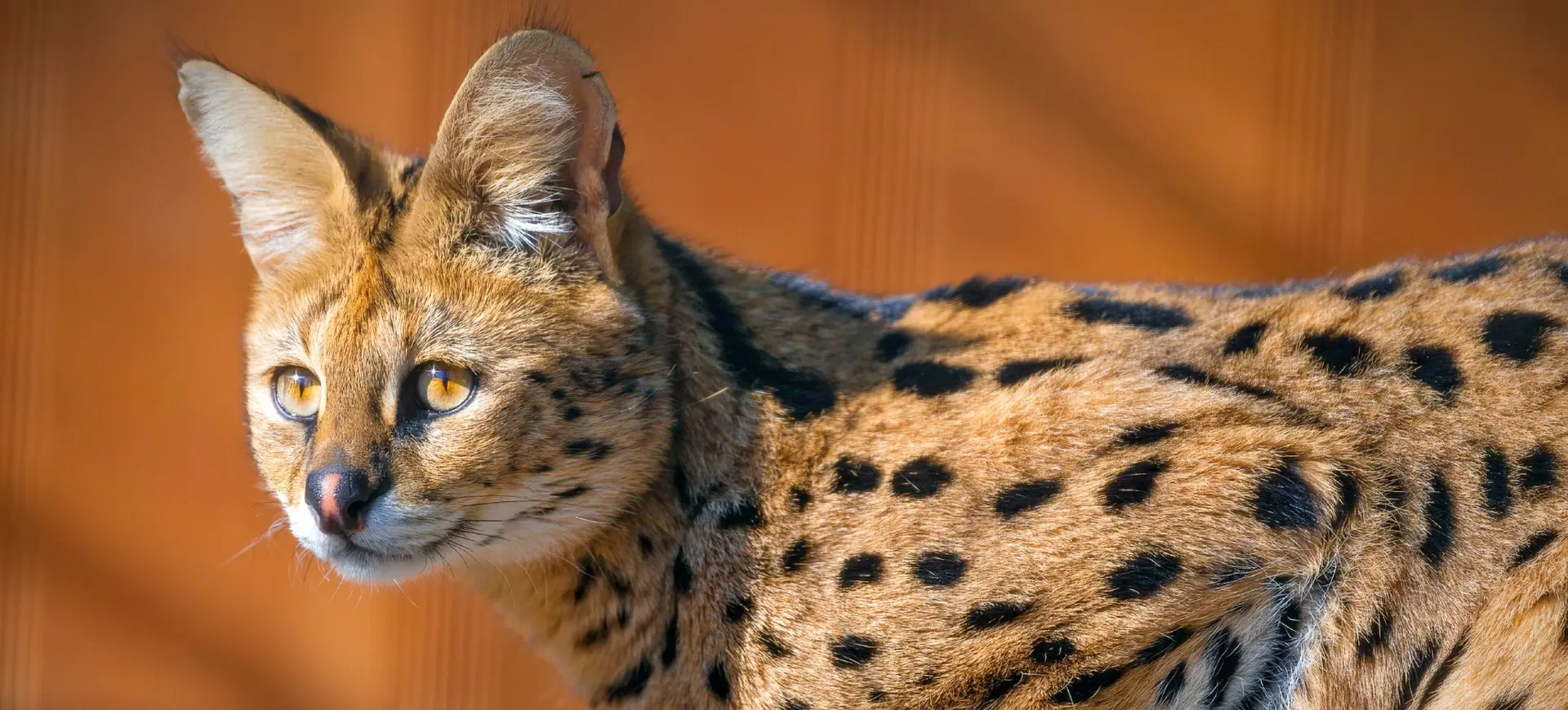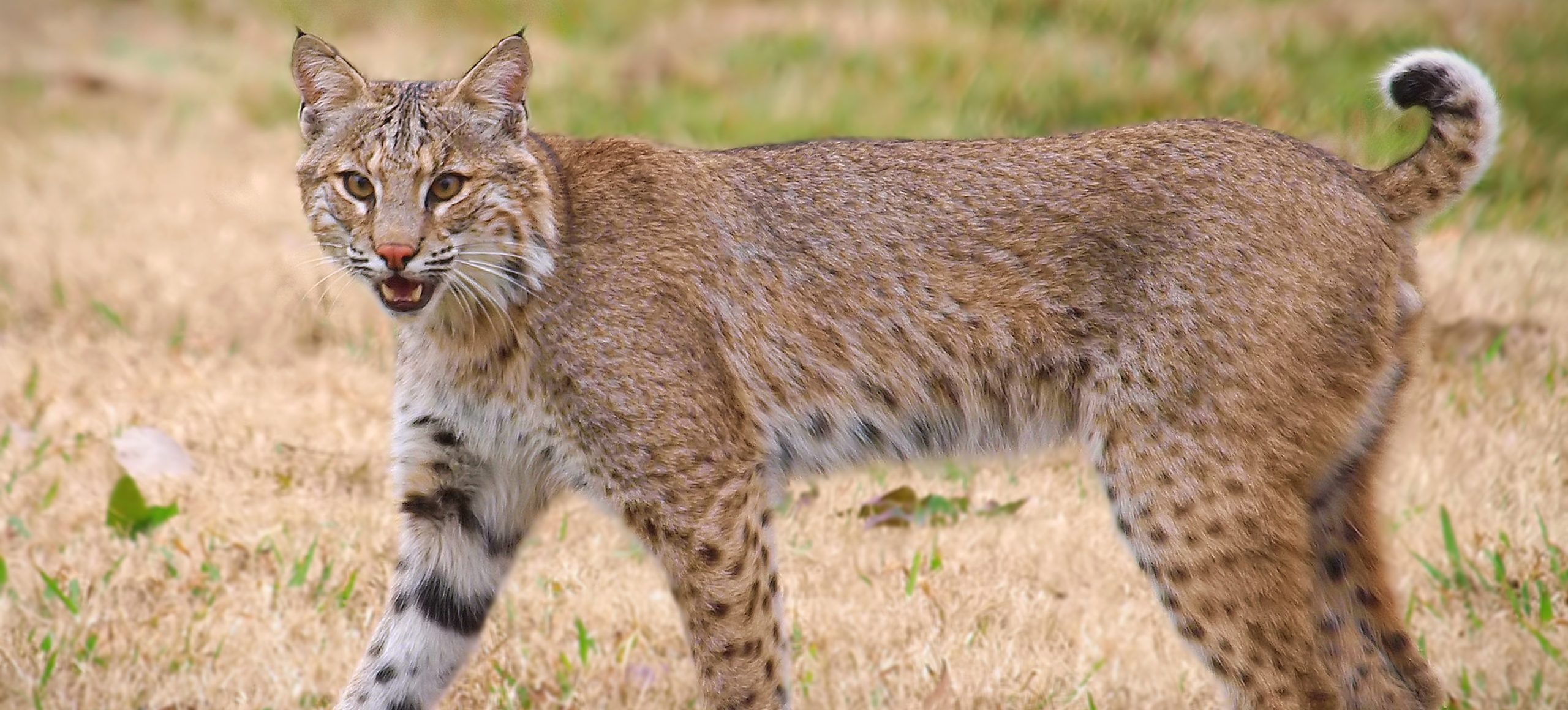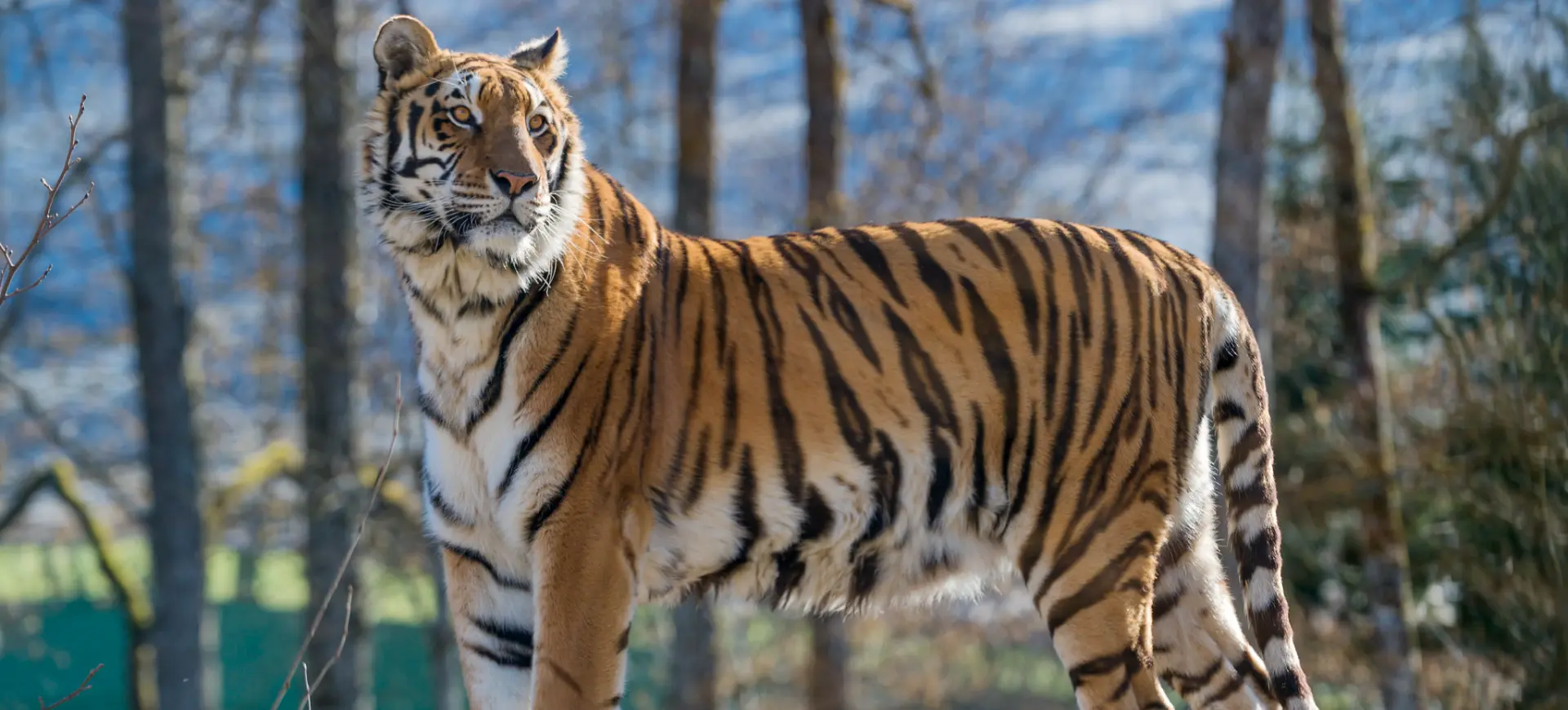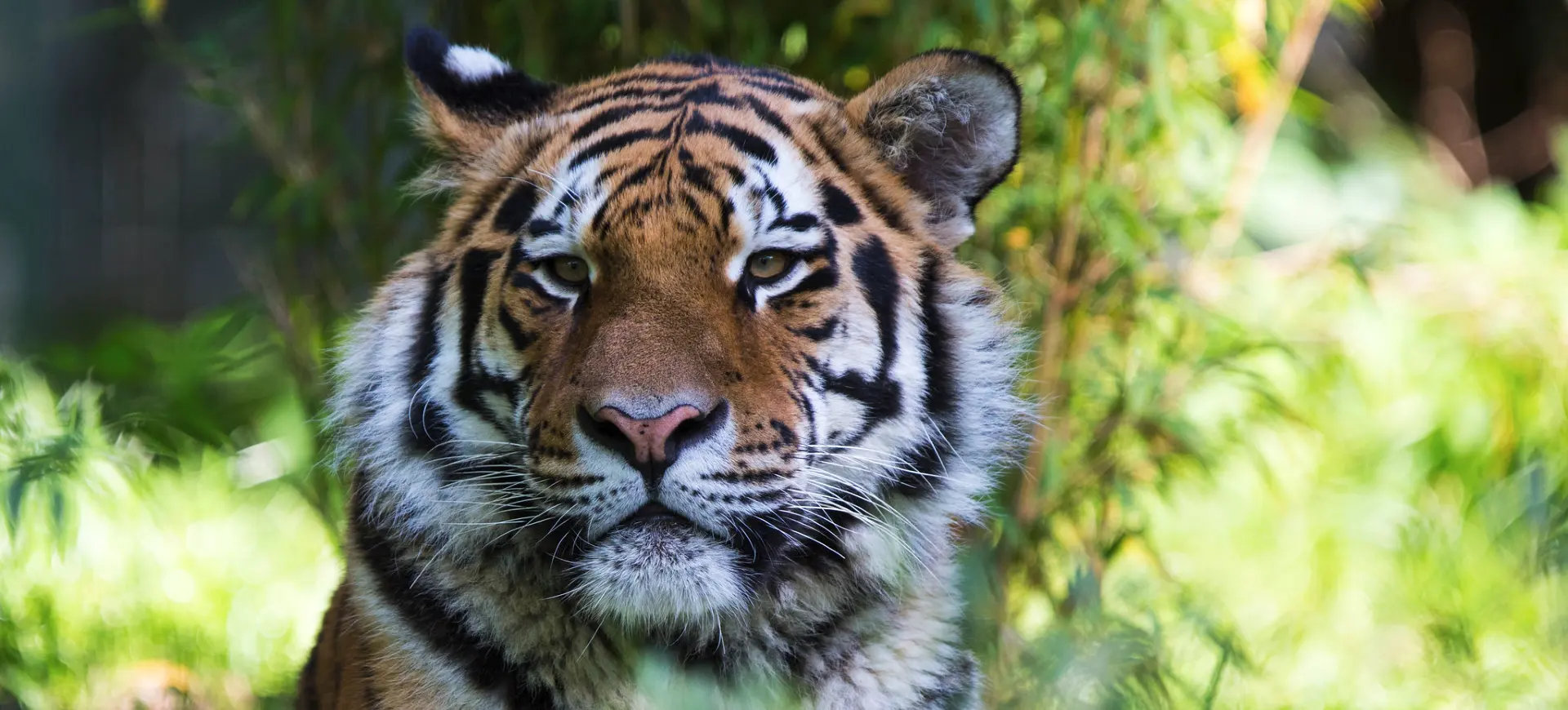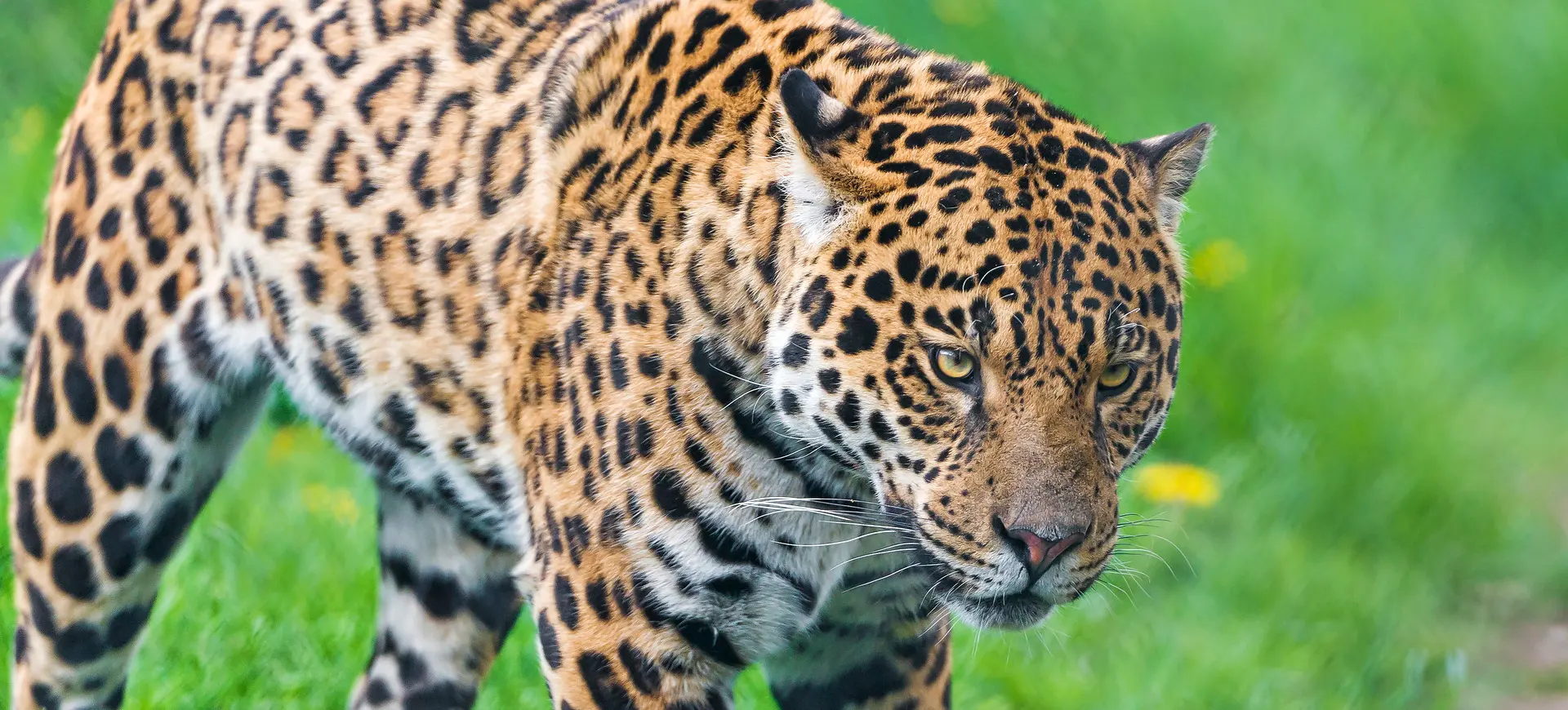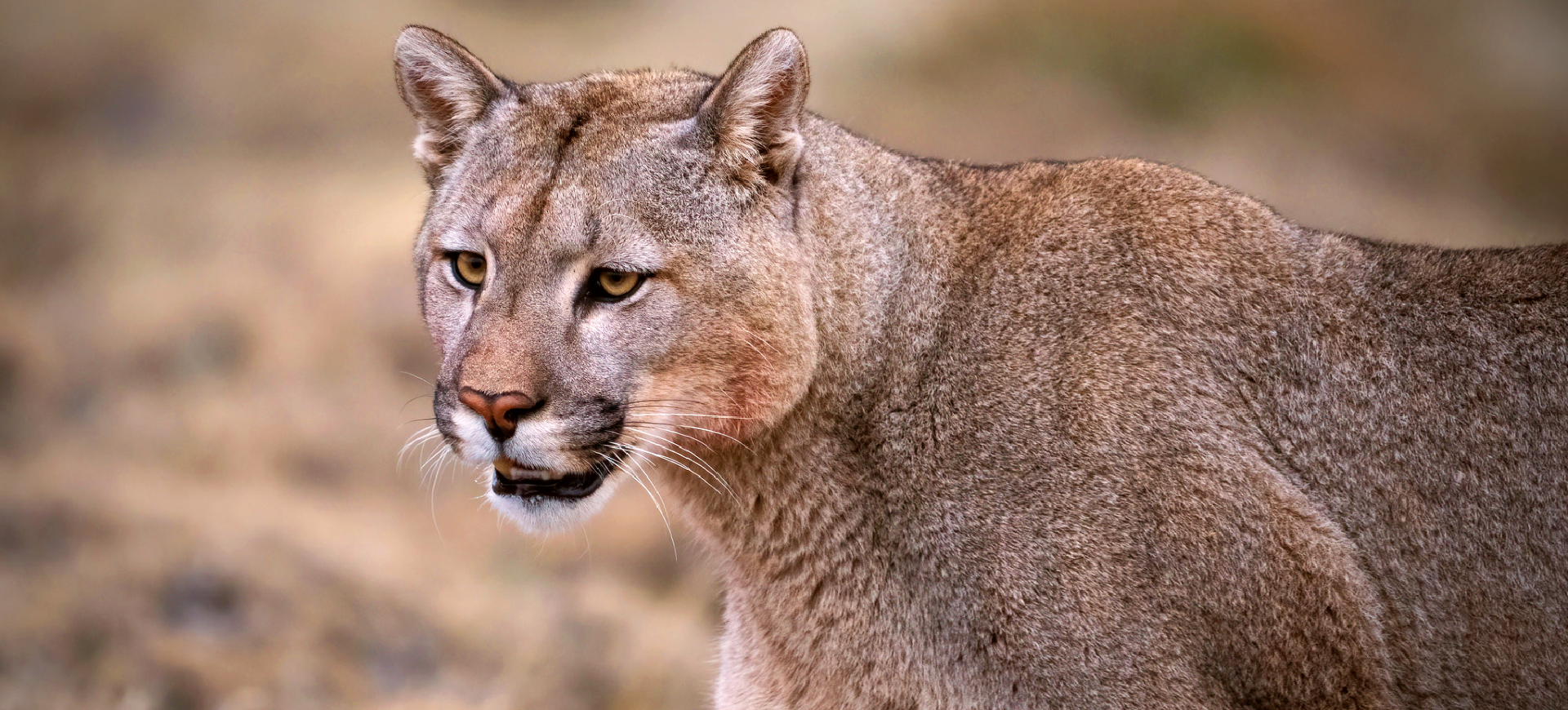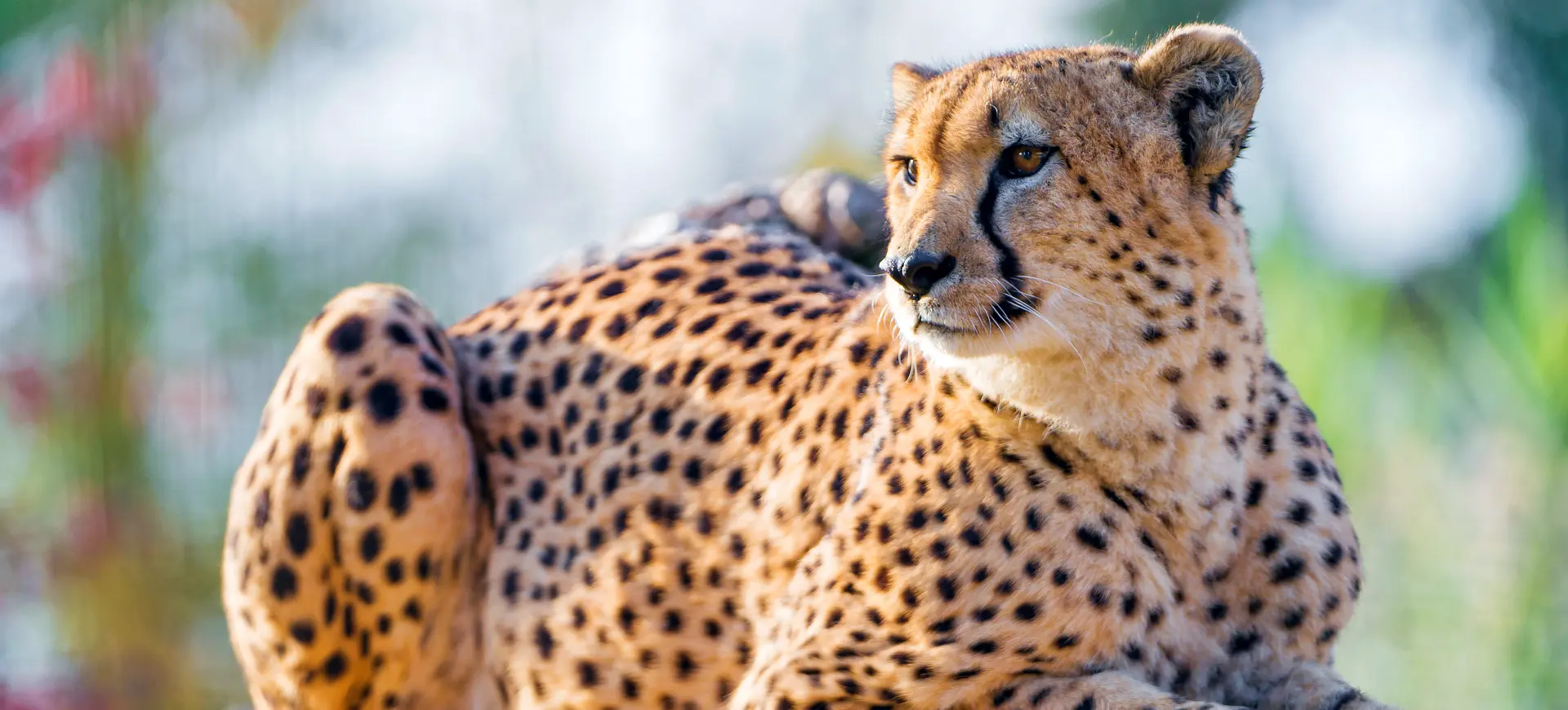Overview
The snow leopard is an elusive big cat native to the mountainous regions of Central and South Asia. It is known for its stunning beauty, tremendous agility, and ability to adapt to harsh, snowy environments. With a gray or creamy coat with black rosette markings, the snow leopard is well-camouflaged in its rocky surroundings, facilitating its ability to hunt effectively and elude human detection. Snow leopards are primarily solitary and are noted for their incredible leaping ability, capable of jumping as far as 50 feet.
Primarily active at dawn and dusk, snow leopards are not just predators but also vital to maintaining the balance of their ecosystems. By preying on herbivores, they control the population levels of these animals, thus indirectly influencing the vegetation patterns within their habitats. Despite their significant ecological role, snow leopards face numerous threats, including poaching and habitat loss due to human activities.
Unfortunately, due to declining populations, snow leopards are currently categorized as vulnerable by the International Union for Conservation of Nature (IUCN). Efforts are ongoing to protect and preserve these magnificent creatures and their habitats, with various conservation initiatives implemented by environmental organizations worldwide.
Taxonomy
Kingdom
Phylum
Class
Order
Family
Genus
Species
Sub Species
Type
Physical Description:
The snow leopard’s body is built in their rugged mountain homes for life. They are medium-sized, slightly smaller and lighter than the other big cats, but they’re no less impressive. The thick and woolly coat helps insulate them from the cold, while its white or gray color provides camouflage against the snow. The large, dark grey to black rosettes spread over its body further help it blend in with the rocky terrain.
One of the snow leopard’s most distinguishing features is its tail, which can measure almost as long as its body. This tail aids in balance while navigating steep and unstable terrain, and it can also be used as a blanket to wrap around their body and face when asleep or resting. Another significant adaptation is their wide, fur-covered feet that act as natural snowshoes.

Lifespan: Wild: ~18 Years || Captivity: ~25 Years

Weight: Male: 80-120 lbs (36-54 kg) || Female: 55-95 lbs (25-43 kg)

Length: Male: 5-6 feet (1.5-1.8 meters) || Female: 4.5-5 feet (1.4-1.5 meters)

Height: Male: 24-26 inches (60-65 cm) || Female: 22-24 inches (55-60 cm)

Top Speed: 40 mph (64 km/h)
Characteristic:
Native Habitat:
Snow leopards reside in the mountain ranges of Central and South Asia, including the Himalayas and the Hindu Kush. They inhabit high-altitude regions, usually between 3,000 and 4,500 meters, but have been known to venture as high as 6,000 meters in the Himalayas. Rugged terrains, cliffs, ridges, and ravines characterize these alpine and subalpine areas.
The harsh mountainous environment in which they reside is often covered in snow for much of the year, and the temperature can drop below -40 degrees Celsius. These conditions are inhospitable to most animals, but the snow leopard is superbly adapted to survive here. It prefers rocky areas and outcrops when hunting and uses its long, bushy tail for balance and as a warm wrap in the cold.
Climate Zones:
Biomes:
Biogeographical Realms:
Continents:
Countries:
Diet:
Diet & Feeding Habits:
Snow leopards are obligate carnivores, meaning their diet consists exclusively of meat. Their preferred prey is ungulates, specifically Himalayan blue sheep (bharal) and Argali sheep. However, they are adaptable and feed on smaller prey like hares, rodents, and game birds when larger prey is scarce. Snow leopards are opportunistic hunters and may even take livestock, which leads to conflict with local communities.
These elusive predators have evolved exceptional hunting strategies to survive in high-altitude habitats. Snow leopards are known for their incredible stealth and camouflage, which enables them to get close to their prey without being detected. They also have powerful hind legs, which they use to launch themselves at prey from great distances.
Mating Behavior:
Mating Description:
Snow leopards are solitary animals, coming together only during the mating season, typically between January and mid-March. During this time, males and females communicate through vocalizations and scent markings. A male can mate with more than one female during each season.
After a gestation period of approximately 90 to 100 days, the female gives birth to a litter of one to five cubs, usually in a rocky den lined with her fur. The cubs are blind and helpless at birth but proliferate, opening their eyes after seven days. The mother raises the cubs alone, teaching them to hunt and survive in the harsh mountainous terrain.
Reproduction Season:
Birth Type:
Pregnancy Duration:
Female Name:
Male Name:
Baby Name:
Social Structure Description:
Snow leopards are solitary animals with large home ranges that may overlap with other individuals. Males and females unite only for mating and do not form lasting pairs. Mothers raise their cubs alone until they’re old enough to fend for themselves.
Groups:
Conservation Status:
Population Trend:
The snow leopard population is declining and is estimated to be between 4,000 and 6,500 individuals. Most of the population resides in China, while smaller populations exist in the mountainous regions of other Central Asian countries. Precise numbers are challenging to establish due to the snow leopard’s elusive nature and the inhospitable terrain of its habitat.
Population Threats:
The primary threats to the snow leopard population are poaching and habitat loss. Poaching is driven by illegal wildlife trade, with snow leopards hunted for their beautiful fur and bones, which are used in traditional Asian medicines. The expansion of human settlements, mining activities, and infrastructure development primarily causes habitat loss. Climate change is another significant threat, as it impacts the distribution of their prey.
Conservation Efforts:
Various conservation efforts have been made to protect the snow leopard and its habitat. These include establishing protected areas and national parks within its range, community-based conservation initiatives, and stricter law enforcement to curb poaching. International organizations like the Snow Leopard Trust and WWF are working towards protecting and conserving this species. Some countries have also implemented compensation schemes to reduce human-snow leopard conflicts arising from livestock predation.
Additional Resources:
Fun Facts
- Snow leopards can jump as far as 50 feet, nearly six times their body length.
- Unlike other big cats, snow leopards cannot roar due to the structure of their larynx.
- They use their tail for balance and as a blanket to cover their face when it’s cold.
- Snow leopards have been known to live and hunt at altitudes of up to 6,000 meters.
- Their large, furry paws act like natural snow shoes, distributing their weight more evenly while moving in snow.
- A snow leopard’s tail is almost as long as its body, making it one of the longest tails relative to body size in the cat family.
- Snow leopards are not aggressive towards humans and there are no known cases of a wild snow leopard killing a human.
- The pattern of rosettes on a snow leopard’s fur is unique to each individual, similar to a human’s fingerprints.
- They are known as “ghosts of the mountain” due to their elusive nature.
- Despite being classified as a “big cat”, the snow leopard is more closely related to the tiger than to the leopard.






